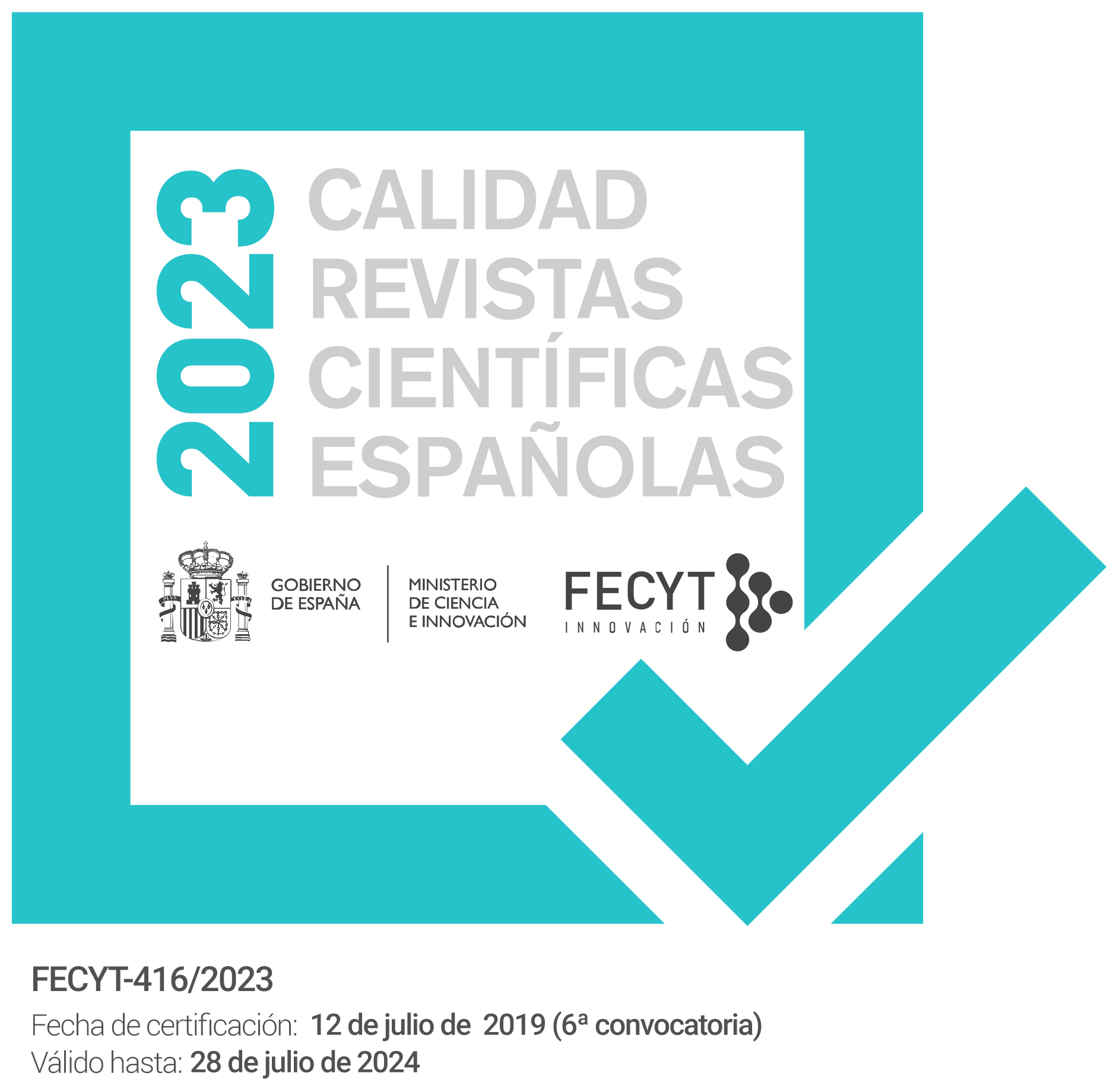Estudio de las periferias urbanas en Canarias: el caso del municipio de Telde
Keywords:
territorio, periferia, espacio residencial, dinámica y estructura demográfica, territory, periphery, residential space, dynamic and demographic structureAbstract
El presente trabajo estudia un ejemplo concreto de periferia urbana en el contexto del Archipiélago Canario, donde la aplicación de los modelos urbanos existentes, desarrollados básicamente para espacios continentales, se torna compleja debido a las particularidades del espacio insular. Con el municipio de Telde como referencia, el estudio de su periferia costera nos permite adentrarnos en el análisis de las relaciones territoriales y sociodemográficas que caracterizan estos nuevos espacios urbanos.
This paper studies an example in urban periphery in Canary Islands, where the application of the current urban models, developed basically for continental territories, is too much complex due to the particularities of the islands. The research of coastal periphery of Telde municipality allows us to approach the analysis of the territorial and sociodemographics relations that characterize these new urban spaces.
Downloads
Downloads
Issue
Section
License
The articles are open access distributed under the terms of the Creative Commons Attribution-NonCommercial-NoDerivatives (CC BY-NC-ND) Spain 4.0 license. Authors who publish in this journal agree with the following terms:
a) Authors retain the copyright and guarantee the journal the right to be the first publication of the work as well as licensed under a Creative Commons Attribution License that allows others to share the work with a recognition of the authorship of the work and the Initial publication in this magazine.
b) Authors may separately establish additional agreements for the non-exclusive distribution of the version of the work published in the journal (for example, place it in an institutional repository or publish it in a book), with recognition of its initial publication in this magazine.
c) Authors are allowed and encouraged to disseminate their work electronically (for example, in institutional repositories or on their own website) before and during the submission process, as it may result in productive exchanges, as well as a earliest and largest citation of published works (See The Effect of Open Access).



